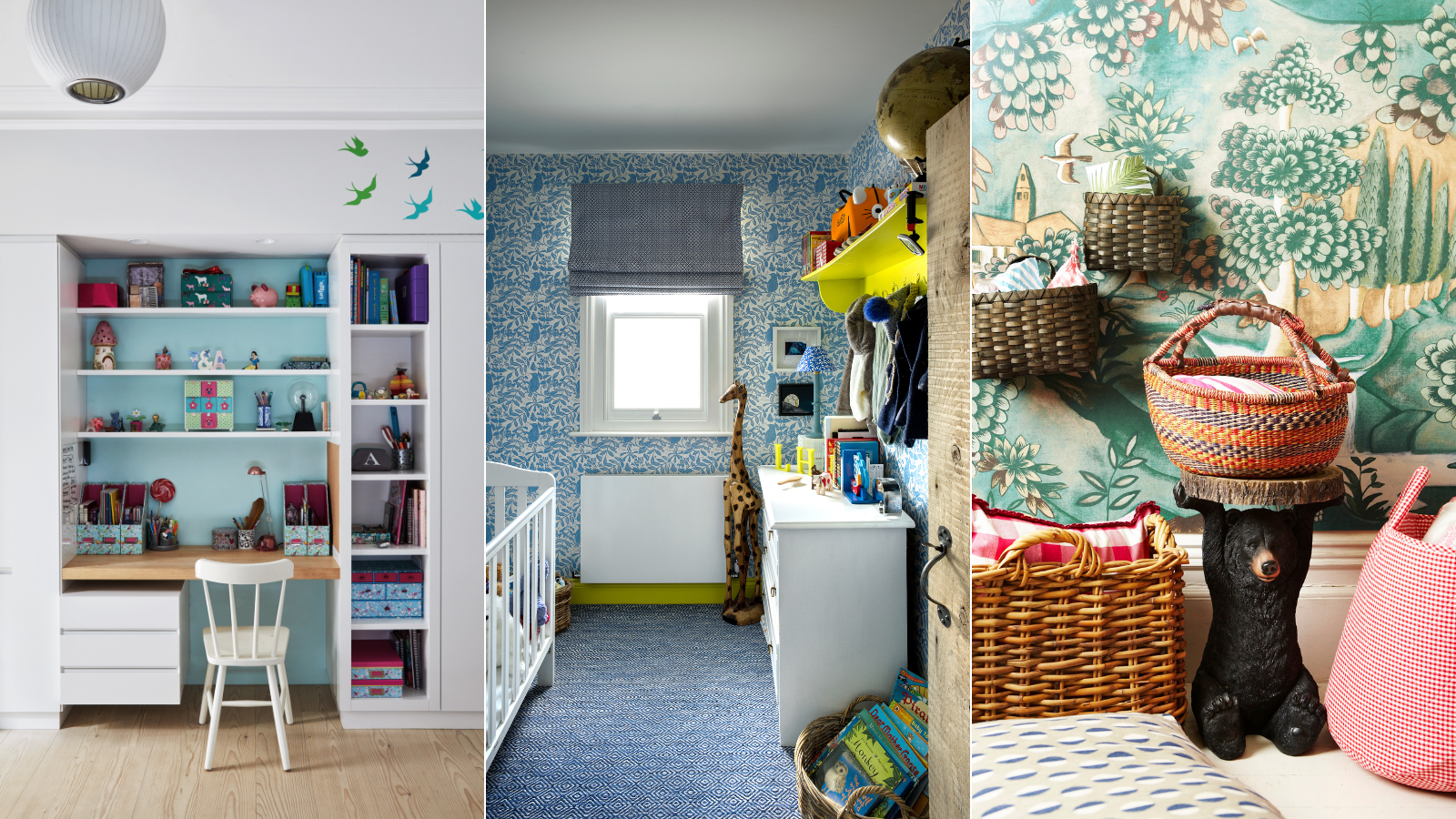
Family life is always going to be a little bit chaotic when you’ve got children in the mix, let’s face it. But that’s not to say you give up on the dream of an organized home. A simple switch in mindset – how to organize a home with kids in mind – is all it takes to gain (at least some) control back.
We’re not saying you’re going to achieve a ‘perfect’ home and routine overnight, nor do you need to. In fact, one thing the most organized families have in common is that they don’t strive for perfection. Simple child-friendly strategies employed little and often are the key, along with staying motivated regardless of what the day (and your kids) might throw at you.
'Employing kid-friendly home organizing ideas transforms the daily chaos into a streamlined routine – spending less time on the scavenger hunt for misplaced items and more time on what truly matters – quality family moments’, says Karina Toner, Spekless Cleaning.
How to organize a home with kids in mind
It’s important to acknowledge that while quick and easy home organizing ideas are appealing, safety must always remain the number one priority in family homes, particularly those with very little ones. If you’re organizing a home for a new baby, be sure to familiarize yourself with baby-proofing and adjust your systems accordingly if you need to.
To help, we’ve put together some fail-safe ways to organize a home with kids in mind, approved by experts and parents alike.
1. Cut back on ‘stuff’
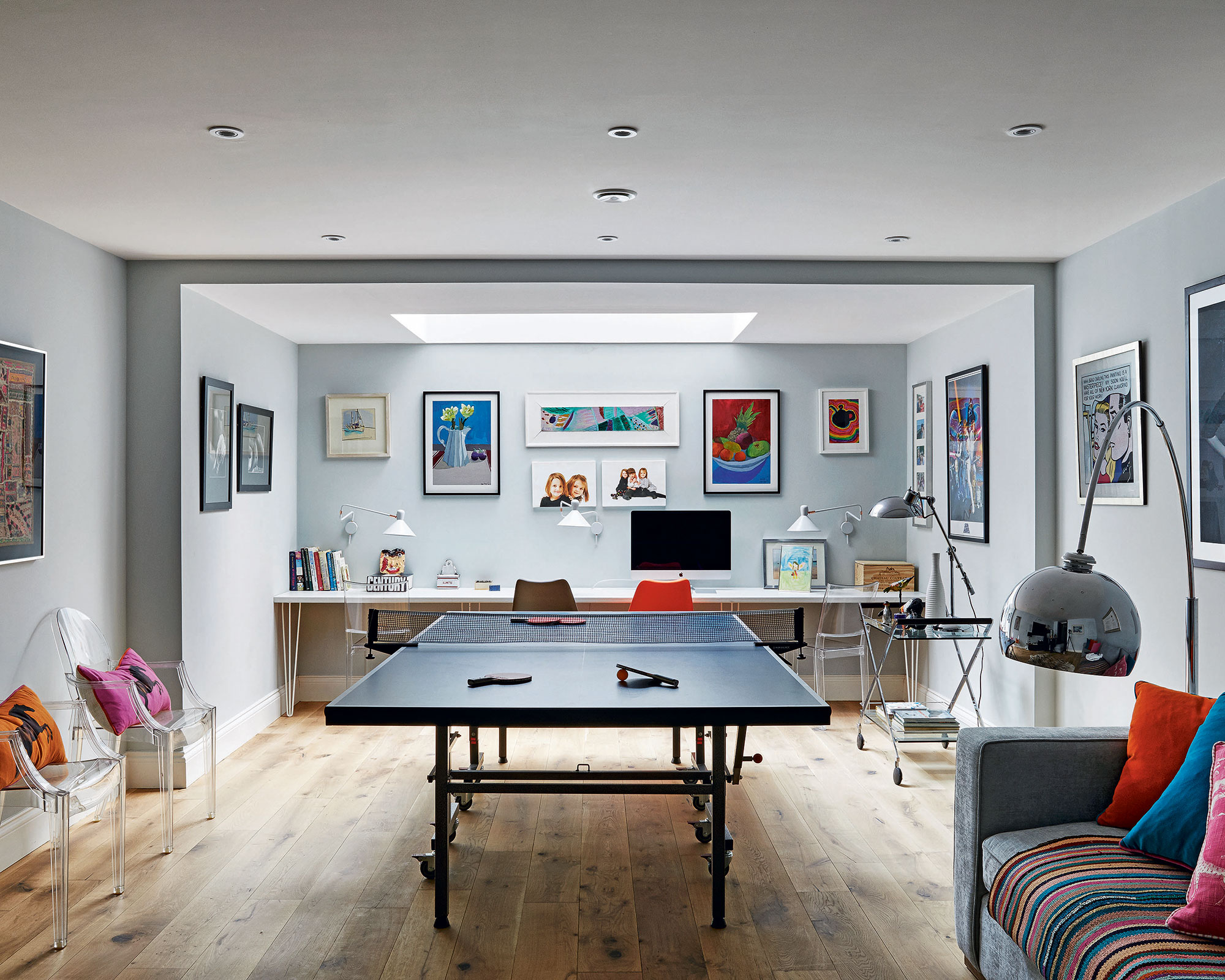
Regardless of whether you live with little ones or not, decluttering is the first step towards a well-organized home. As well as scheduling in your own decluttering sessions, encourage children to declutter toys regularly. It's a great family house rule for tidier kids, plus makes maintenance a lot easier – the more possessions they (and you) have, the more challenging it is to keep on top of things.
‘While it doesn’t hurt for a grown-up to initiate decluttering, including children is important if you don’t want them to fear the process in the future. Getting them involved will help them get used to the feeling of letting go’, says professional organizer Vicky Silverthorn of You Need a Vicky.
She also makes the point that children (just like adults) can quickly become overwhelmed by decluttering when confronted with time constraints and decisions. ‘To prevent this from happening, consider creating a small box of items they need to look through and make decisions on themselves. This will help them to feel in control of their own belongings’.
2. Give everything a home

How much time a day do you spend looking for things? Primarily your kids’ things, we should say. We’re going to guess it’s a lot. The most organized families designate a home for everything, right down to the very last lego piece, so everyone can find what they need quickly and easily, resulting in fewer tantrums all round.
‘Remember that kids think pretty literally, so choose somewhere logical based on what the item is and how often you use it. It also helps to group similar items together; school clothes, medicines, stationery, jigsaws etc. Showing them what goes where is worthwhile, but there’s every chance they won’t remember – opt for clear storage bins so they can see for themselves’, says Millie Hurst, Solved section editor, Homes & Gardens.
3. Prep for paperwork
‘Having effective management strategies for getting rid of paper clutter that comes home from schools, nurseries clubs and so on, will make a massive difference to your parenting mental load, not to mention the tidiness of your home’, says Frances Bradley, founder of online homewares store, Lello Living.
‘Give incoming paperwork an arrival space (a shallow in tray works well for admin, but you might need bigger boxes for artwork and creations), then spend 5 minutes each day sorting through what needs to be actioned, recycled, or filed. A pinboard on the inside of a cupboard door keeps to-do lists tidy and within easy reach, while frame boxes (like these from Amazon) are great for displaying and storing kid’s artwork at the same time’, she adds.
4. Use labels
Whether you’re organizing for adults or children, labels are always a good idea. How you go about your labeling however, will depend on the age range in your household.
‘If your child is of reading age, label boxes clearly and simply so they know when things belong. You might want to think about adding pictures, too. This helps them recognise the words, plus means younger children can join in, even if they can’t read just yet’, says award-winning author and childcare expert, Kathryn Lord.
5. Keep systems simple
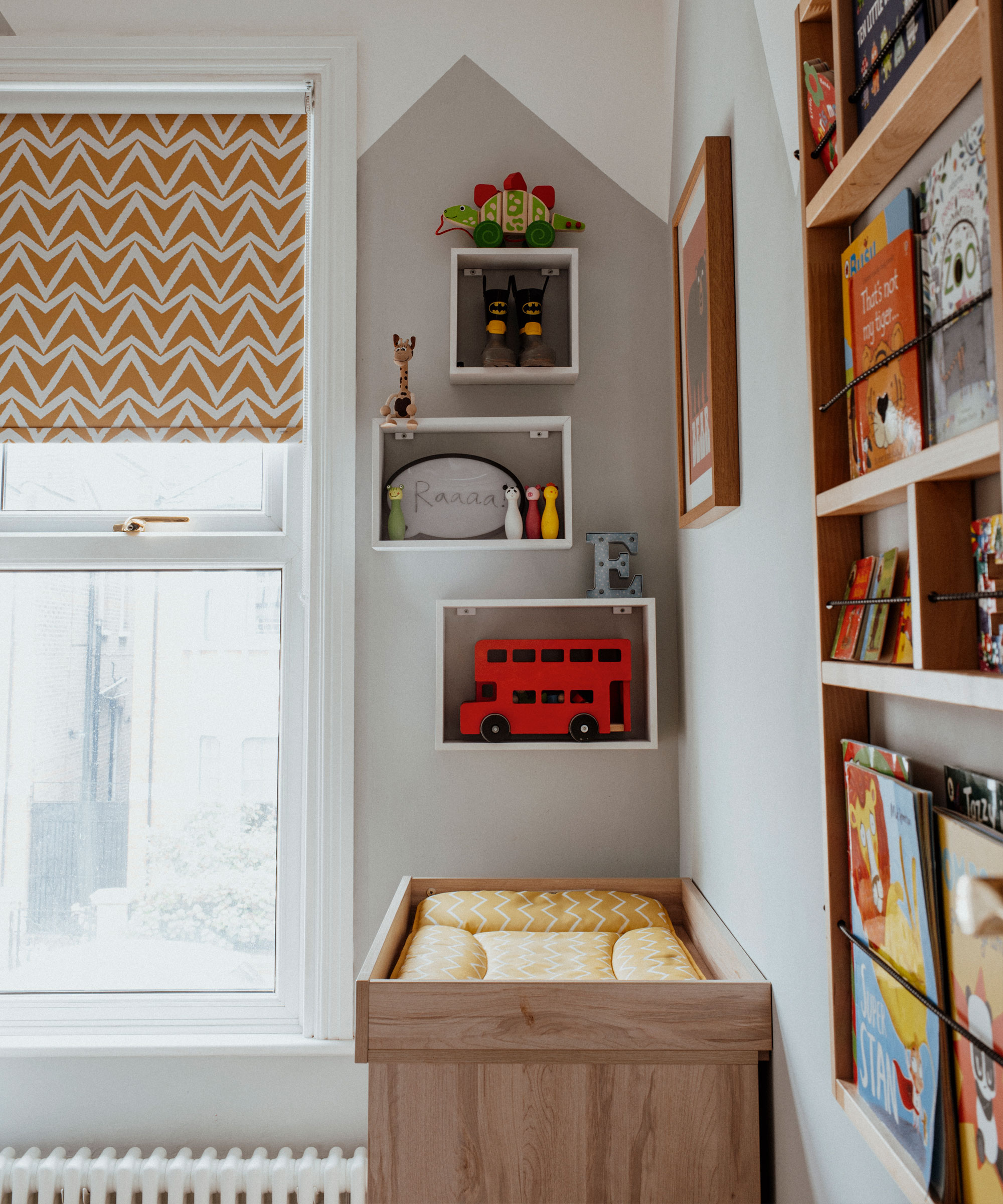
If you want to stand a chance of children contributing, or at the very least respecting your home organizing ideas, you’ll need to keep things simple.
‘Think about how you can make the system appeal to your kids, as well as to you, by incorporating colors and pictures for example, to make things as easy as possible for them. If it’s too complicated or there are too many steps, they simply won’t stick to it’, advises Frances Bradley.
This rule also applies to your kid’s room ideas. ‘Take organizing children’s clothes for example’, says Frances. ‘Folding clothes the Marie Kondo way (also known as ‘file folding’) and storing them in drawers means they can be easily accessed without having to pull everything out. Drawer inserts (like these from Wayfair) also go some way towards containing categories’, she says.
6. Hide storage in plain sight
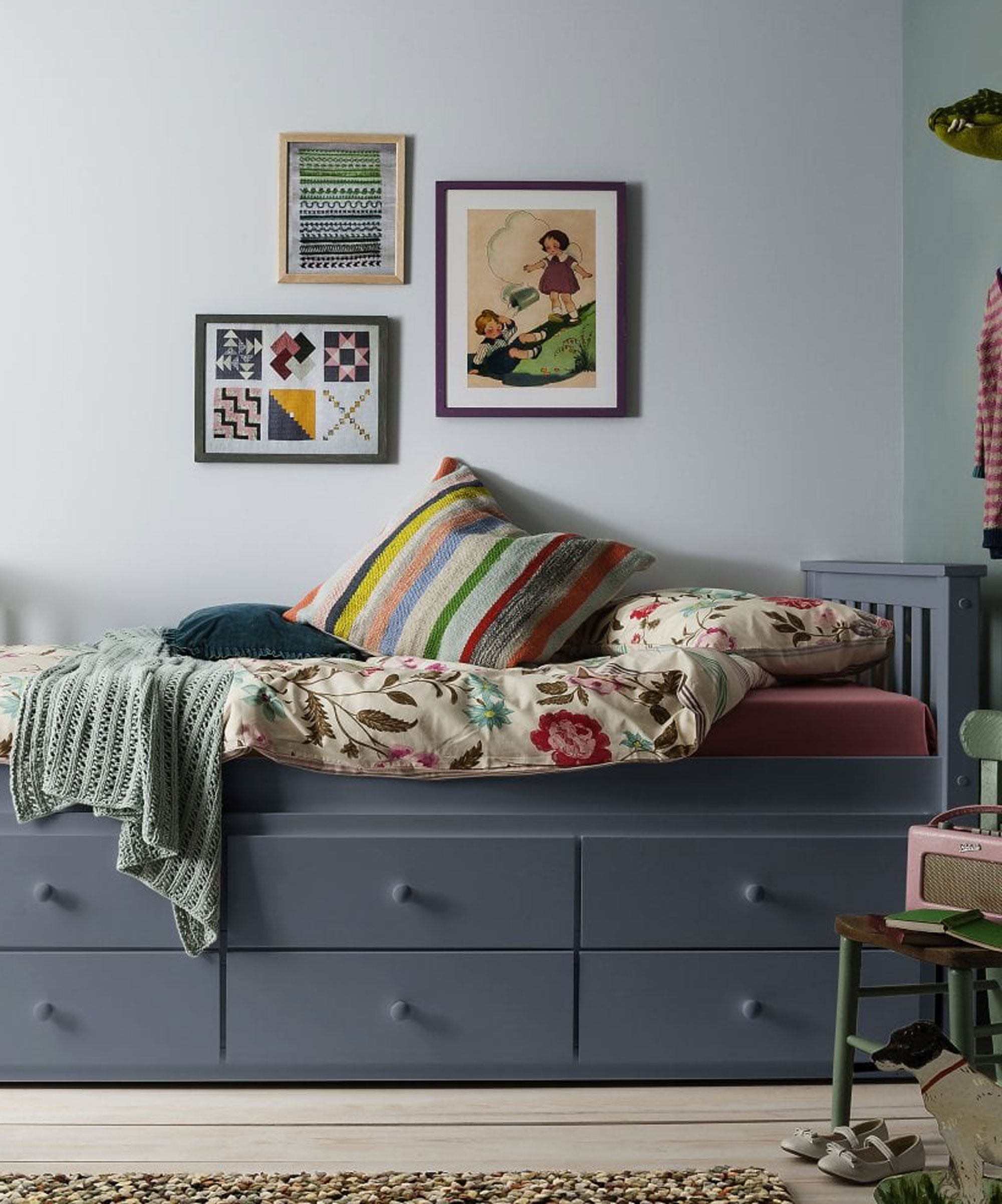
Whether it’s bright plastic toys, stacks of sportswear, or half-finished craft kits, you don’t want unsightly items strewn around the house, so you’ll need decent storage ideas – and lots of them. Bright and fun kid’s bedroom storage ideas have their place, but they don’t suit every room, so you’ll need to think creatively – and stylishly – if you want to keep things under wraps.
‘Sophisticated storage ideas do exist, trust me! Opt for elegant, low-profile storage units that are accessible to children. Consider beautifully crafted baskets or designer bins that complement your home's aesthetic while being practical’, says Amy Johnson, parent of two and founder of successful parenting blog, Amy Baby.
7. Opt for open storage
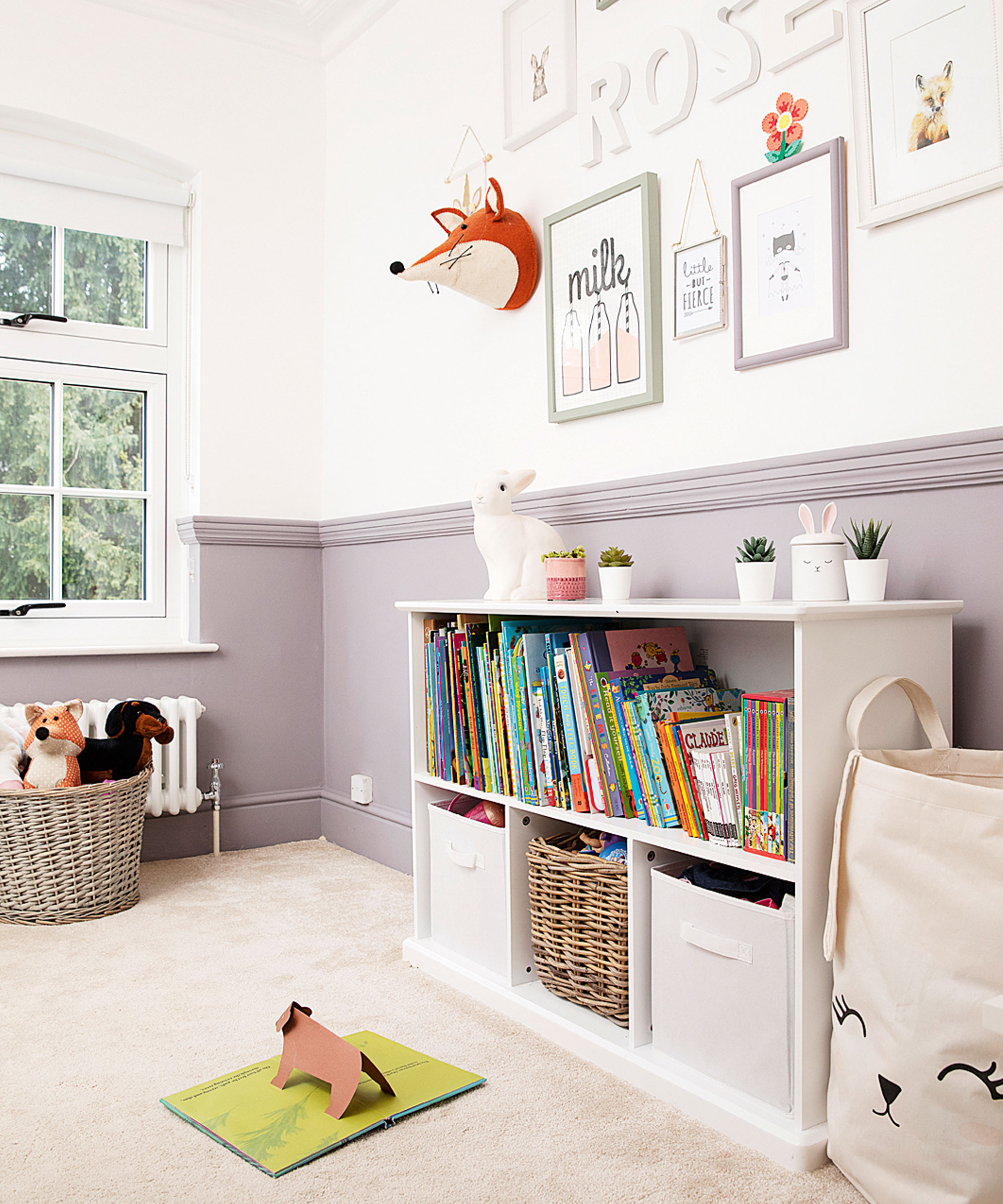
‘Whether you’re organizing a kid’s bedroom, organizing a playroom or another multi-purpose space, use open storage where you can’, says Lauren, founder of Not a Boring Box. ‘Baskets with handles are great as they’re easy to pull out and your kids won’t have to struggle with lids. Best of all, they can literally throw it all back in it when it comes to tidy up time’.
8. Set up drop zones for toys in every room
When it comes to organizing toys (or anything child-related for that matter), allocating homes in a designated room of the house makes sense. Are they likely to stay there all the time… Probably not, let’s face it. Pre-empt the inevitable and set up designated baskets to catch clutter throughout the day.
‘In our home, we like to call them ‘chaos buckets’, says Frances Bradley. ‘If it's clutter, a problem, or something that doesn't have a home, it gets scooped up into one of these and then we deal with them once a week (or when we have a spare moment). They fold flat when not in use so they're unobtrusive, it makes the tidy up quicker and cuts down on misplaced items’, she says.
9. Keep child-related items within easy reach – and vice versa
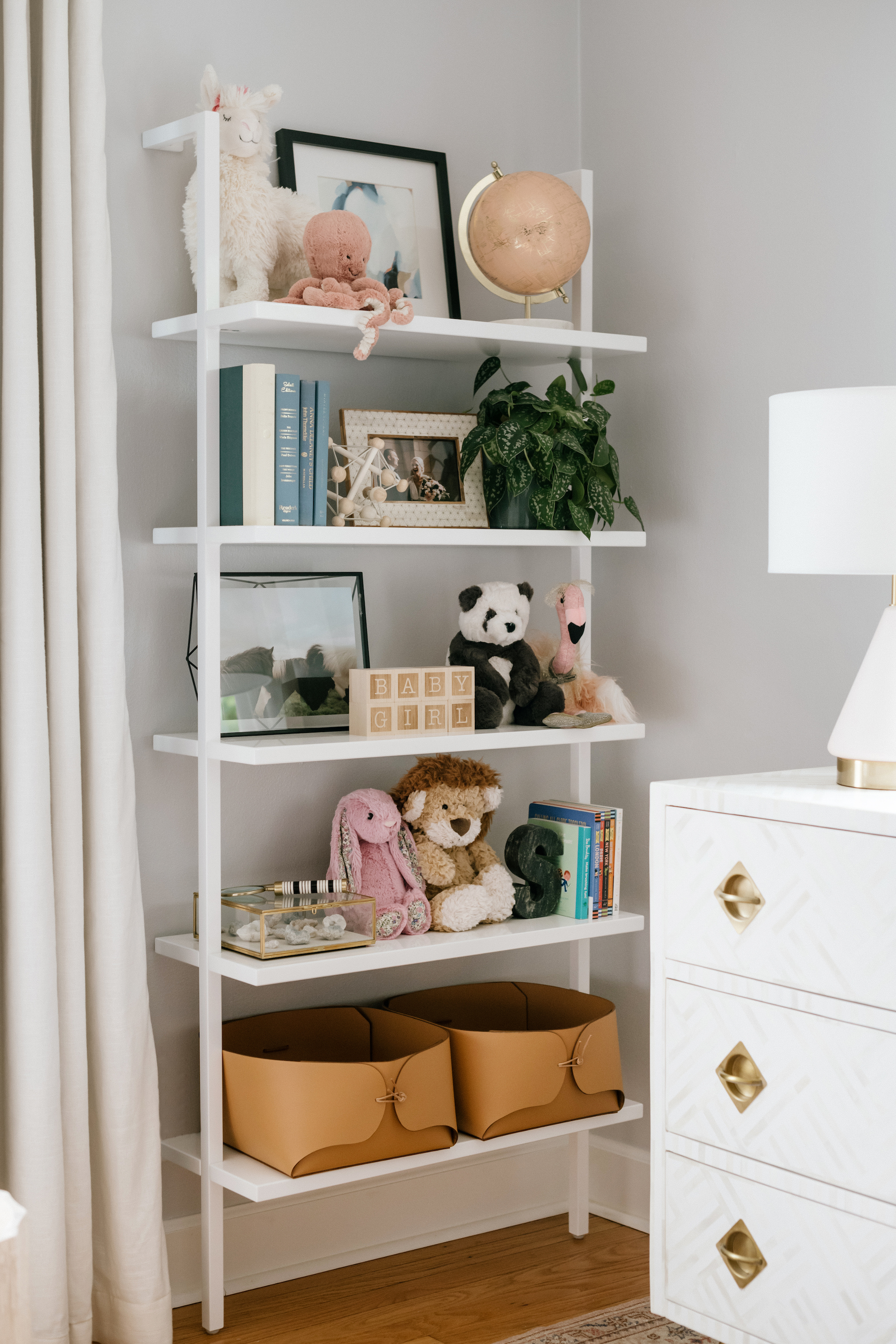
If your children constantly need help accessing items they need around the house it can be pretty frustrating, not just for them but for you too. Assess each room and reserve low-level storage for toys, remotes, lunch bags, water bottles, etc, to save yourself running back and forth all the time.
‘Placing children’s things at their height gives them the opportunity to do things for themselves. Encouraging good habits will mean they become independent adults and helpful to you along the way – family life is all about teamwork, after all’, explains Kathryn Lord.
Similarly, assign top-level storage for lesser used items, or anything you don’t want them getting hold of without supervision; messy craft sets, sweet snacks, age-restricted toys and so on.
10. Encourage children to get involved
It’s not easy to declutter your home when your family isn’t on board, we admit. It’s probably easier just to take the load on yourself, right? Wrong. According to the pros, you’re not doing yourself – or your children – any favors. You’re much better off encouraging your family to declutter with you.
‘By making tidiness a collective goal, you not only lighten the load on individual shoulders but also nurture a sense of pride in contributing to the well-being of the entire household, a life lesson they can carry through into adulthood’, says Karina Toner.
FAQs
How do people keep their house tidy with kids?
It’s a challenge, we admit, but it is perfectly possible to keep a house tidy with kids. The trick is to organize with kids in mind; open storage (easier for quick tidying), that's within easy reach (so children can access what they need and put it back again without assistance) and appropriately labelled, incorporated into every room in the house (either hidden away or stylish-looking, ideally).
If you want to keep on top of organization, employing simple strategies that everyone of any age can follow is your best bet. They might need a bit of encouragement, but teaching children to stick to them not only makes for a tidier house, but teaches them great habits. Not to mention it makes your job easier, too!
‘Organizing a home with children in mind is essential for creating a harmonious living space that caters to the needs of all family members. It ensures that the home is safe, accessible, and stimulating for children, while also being orderly and aesthetically pleasing for adults. This balance is key to fostering a nurturing environment where children can thrive, and parents can relax and enjoy their home’, concludes Amy Johnson.







